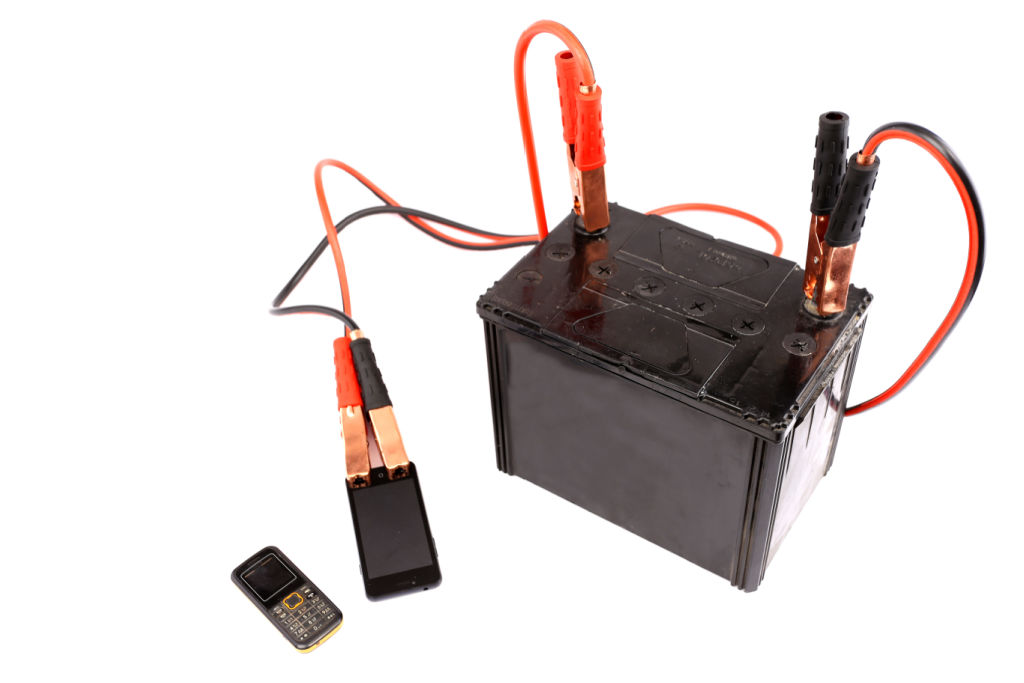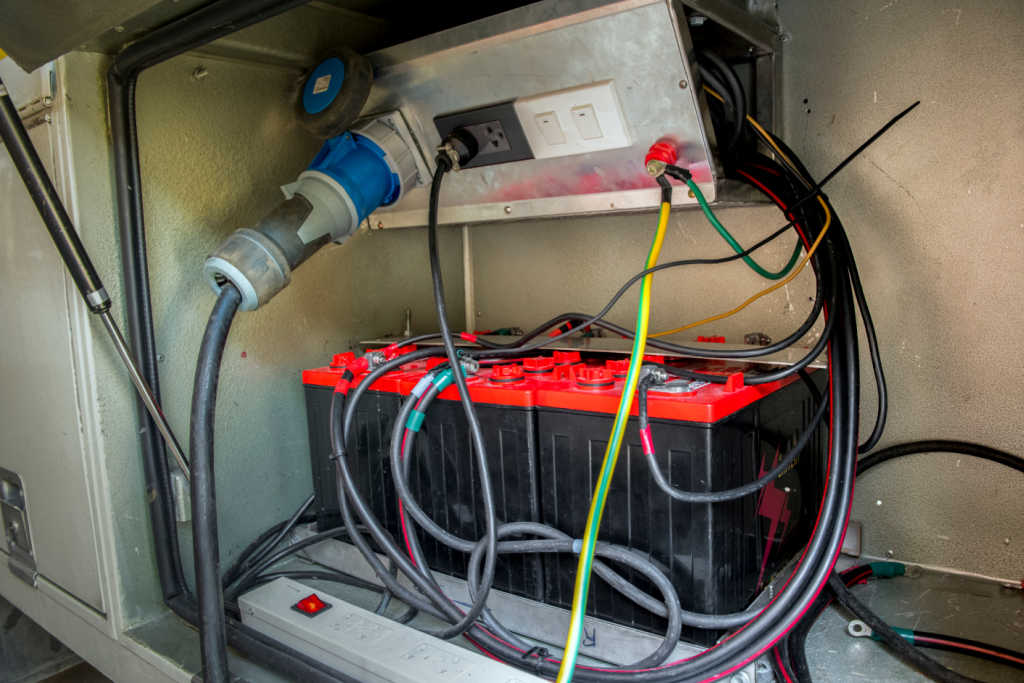It can be challenging to know how to properly maintain a lead-acid battery. Fortunately, most manufacturers have guidelines to help you properly care for your battery. One of the most important aspects of lead acid battery care is maintaining the proper electrolyte levels. This includes cleaning and checking the terminals. Proper charging of a lead acid battery is also an important part of battery care.
Water is a key part of how a lead acid battery functions
A lead acid battery’s electrolyte is made up of a mixture of lead, sulfate, and water. As the battery discharges, its electrolyte level decreases. When the level drops below a certain point, the active material is stripped away from the electrodes and the battery becomes completely empty. This process can damage the battery and cause it to short-circuit or fail. In addition, if the battery is not kept fully charged, sulfate will form on its plates and permanently reduce its capacity.

The lead electrolyte in lead-acid batteries is highly porous and has a large surface area. This reduces the capacity of the battery and requires manual replacement. This process also reduces the amount of water in the battery, causing the battery to lose a significant amount of its charge capacity. Eventually, the battery will fail due to the corrosion of the positive plate grids. This problem can be avoided by periodically charging lead-acid batteries.
Water is also a crucial part of how a lead acid battery functions. As a result, batteries require periodic maintenance to stay healthy and efficient. Regular monitoring of the water level is important and should be performed if the battery is flooded. If you are considering a lead-acid battery, it is essential to know how to care for it.
The lead-acid battery’s electrolyte is a solution of sulfuric acid and water. The sulfuric acid in the electrolyte loses most of its substance as water. In the process, two conduction electrons are released in the lead electrode. These electrons create an electric field that attracts hydrogen ions while repelling sulfate ions. This allows the charged electrode to be removed from the solution.
Checking and cleaning lead acid battery terminals
Checking and cleaning lead acid battery terminals is vital to the health of your battery. If they are dirty or corroded, you can risk injury or even death. This is because the acid contained in the battery is corrosive. To prevent further corrosion, you should apply dielectric grease to the terminals.
Before cleaning the terminals, you should remove the battery from the device. Then, you can use a mixture of water and baking soda to clean it. You need to wear protective gloves while doing this. You can also use a battery brush or a wire brush. If you don’t have a battery brush, you can also use an old toothbrush or toothpick to scrub the terminals.

If you’re having trouble removing corrosion, you can use a mixture of baking soda and water. This mixture will neutralize the acid that has built up on the terminals. It will also help reduce corrosion between cleanings. When you’ve finished, wipe off the baking soda solution with a dry rag. This solution will keep your battery clean and ensure a full connection between your machine and the battery.
To avoid battery corrosion, make sure to clean the lead-acid battery terminals regularly. As batteries age, they may develop corrosion that interferes with the electrical current. This is particularly common with flooded lead acid batteries. This happens when hydrogen gas is released through the vents in the battery casing, and this can cause corrosion on the battery terminals.
Keeping a lead acid battery charged
Keeping a lead acid battery charged is essential if you plan to use it for long periods of time. Lead acid batteries are susceptible to sulfation and overcharging and should be charged regularly to maintain optimal performance. Temperature can also affect the charging of a lead-acid battery. Higher temperatures increase the capacity of the battery while lower temperatures decrease the capacity. Lead acid batteries should be stored at a temperature between 50 and 70 degrees F.

When a lead acid battery is discharged, its capacity is gradually decreased. This decrease in capacity may be permanent and may result in permanent capacity loss. Over time, the battery will begin to develop large lead sulfate crystals instead of the typical porous lead electrode. This crystal formation makes it difficult for the battery to return to lead and can cause irreversible capacity loss.
Keeping a lead acid battery charged requires regular monitoring. Battery chargers must detect and record the rising voltage and adjust the amount of current. Typically, a constant voltage charger will detect this voltage and charge the battery for the right amount of time. The charging process will last a few hours.
Keeping a lead acid battery charged is essential to ensuring that it is in good working order and lasts a long time. In addition to regular testing, lead acid batteries need to be kept in a cool, dry place. Batteries will self-discharge up to 15% per month if they remain uncharged. Ideally, lead acid batteries should be recharged every three to six months.

